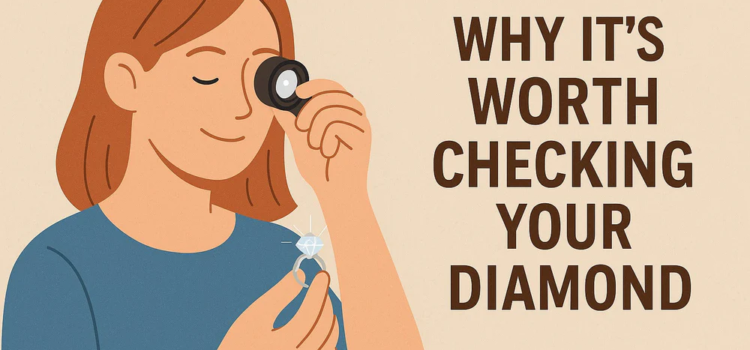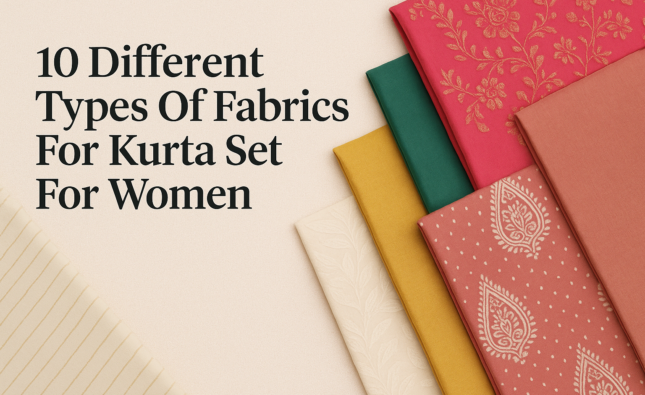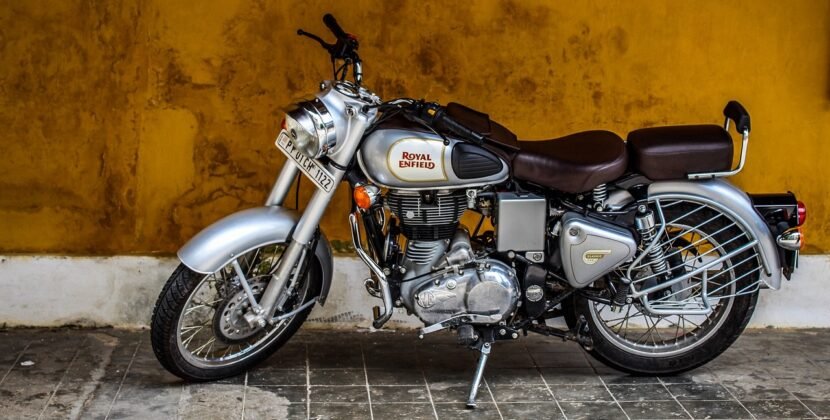The diamond is among the top wanted gemstones throughout the world. They are a symbol of elegance, luxury, and beauty and elegance. As the quantity of fake diamonds, including cubic zirconia glass or Moissanite – it is becoming increasingly important to know the distinction between a genuine diamond and counterfeit diamonds.
If you’re considering buying an engagement ring or inheriting a family heirloom from your own family, or simply seeking a hint to determine the signs of authenticity can aid you in avoiding costly mistakes. This comprehensive guide we’ll cover a variety of tests at home along with professional procedures and the most significant features to help you identify authentic diamonds.
1. Understanding Real vs. Fake Diamonds
Before you take the test, you must be aware that “fake” doesn’t always mean inferior quality. It’s true that imitation stones like white sapphires or Moissanite, can be stunning and last for a long time. They’re however not real diamonds and have different chemical and physical characteristics.
The diamond’s real value can be referred to:
- Natural diamonds: They were formed beneath the earth, over thousands of years.
- Lab-grown diamonds have chemical similarities to diamonds found in nature; however, they are created by a lab.
The diamonds that are fake or fake are:
- Cubic Zirconia (CZ): It is a very well-known simulant of diamonds. It’s more tough and bulkier than a natural diamond.
- Moissanite Like Moissanite with regard to appearance, however it is more shiny (dispersion).
- Glass and crystals are commonly utilized for jewelry that is costume-like. Very delicate.
2. The Fog Test Simple Home Test
Place the diamond in the mouth. Now breathe in the Black Diamond Engagement Rings as you would breathe in the mirror. Fog comes from breath.
- Diamonds that are real are able to eliminate the cloud rapidly due to diamond’s outstanding thermal conductivity.
- Fake diamonds: The dark cloud may persist for some time for gems such as glass or cubic zirconia.
It’s an easy exam that you can take at your home, however this test isn’t 100% safe. It’s a great initial test.
3. The Water Test
It is important to fill a glass completely with water. Carefully place the stones in the glass.
The diamonds are real. They are likely to sink due the density.
- Fake diamonds can slide down or sink with a slow speed (e.g. glass, quartz).
- It is important to remember it only works for stones that are loose, and not for jewellery set.
4. Check the Sparkle
Diamonds can shine light in an unusual way which creates a sparkling gleam when with white and colored light.
- White sparkle, also referred to as brilliance
- Rainbow sparkle is also referred to as fire, or dispersion
- Real diamonds show a uniform combination of fire and sparkle. Without being too similar to an array of rainbows.
- The fake diamond (e.g. CZ) creates a more vibrant and more vivid disco ball-like shine that appears real.
Moissanite shines better than diamonds. This could cause it to be mistaken for diamonds.
5. Look Under UV (Black Light)
When there is ultraviolet light, or black light, diamonds produce blue-colored light.
- The diamond’s real value is approximately 30 percent of all diamonds under blue light.
- fake diamonds: There’s nothing to react, and there is no different shine like that of yellow, green or white.
It is important to note that not all authentic diamonds shine. A lack of light does not necessarily indicate that it’s fake.
6. Use a Loupe to Check Clarity
The magnifier for jewelers (10x magnification) can be a useful instrument to allow you to see the diamonds more clearly.
Genuine diamonds Natural imperfections such as minor color variations or tiny indentation.
Fake diamonds: Usually perfectly or containing air bubbles (especially CZ and glass).
Most fake diamonds look “too perfect.” The genuine diamonds typically contain flaws.
7. Examine the Edges and Facets
Real diamonds are diamonds that have sharp, clear edges as well as faces due to its toughness (10 10.10 on the Mohs scale).
Fake diamonds are rounded or flinching surfaces due to less quality (CZ is hardness 8.5).
Gently move your fingers along the edges. Sharp edges can be the sign of a genuine diamond.
8. Try the Newspaper Test (for Loose Stones)
The flat stone should be laid against the paper or on a printed page.
The real diamond won’t be able to clearly see the message well within the surface of the diamond.
Diamond fake: words might appear apparent due to reflection of low light.
The test isn’t likely to be successful in the event the diamond is set inside a piece of the jewellery.
9. The Temperature Test (Use With Caution)
Diamonds are very heat-resistant and are able to withstand extreme temperatures.
- The stone must be melted with the aid of a light source for 30 to 40 minutes.
- Pour it into one glass of the water.
Real diamond: Will remain unaffected.
Fake diamonds Salt & Pepper Diamonds may break in the event of sudden growth or contraction.
It is important to take the test in a safe manner and use only small stones. This test isn’t suitable for jewellery that is expensive.
10. Professional Diamond Tester
The diamond tester is a tiny device employed by jewelers to test the conductivity of their thermal energy.
Real diamonds conduct fast and then heats up. They pass the test.
Fake diamonds: A lack of heat transfer could trigger alarm signals to indicate failing.
Diamond testers are durable and are easily purchased at a price of less than Rs2,000 to Rs5,000 on the online.
11. Get a Certification or Professional Appraisal
If you’re looking to purchase or verify the authenticity of a diamond the most effective option is to get it examined by a certified gemologist.
Get a certified copy by:
GIA (Gemological Institute of America)
IGI (International Gemological Institute)
AGS (American Gem Society)
12. Weight and Feel Test
Cubic zirconia weighs around 1.7 times heavier than diamonds equivalent in mass.
If you’ve got a true diamond that you want to compare it with, have a look at the two diamonds.
CZ might feel a bit heavier.
Jewelers use precise digital scales, which are utilized to calculate the size.
Overview of Real Diamonds and fake diamonds. Fake Diamond Comparison Table
| Test | Real Diamond | Fake Diamond |
| Fog Test | The fog is gone immediately | The fog continues for a couple of minutes |
| Water Test | Instantly, it sinks. | It is possible to sink or flounder slowly |
| Sparkle | The perfect balance between brilliance and the fire | The look is almost rainbow-like. |
| UV Light | Blue light from May | The light could be yellow or it may not be there at all. |
| Loupe View | Nature-inspired flaws and inclusions, and imperfections | Too perfect or bubbles |
| Edges | Sharp and crisp | The rough or blurred edges |
| Thermal Test | No effect | Might break |
| Weight | Lighter | Heavier (if CZ) |
Final Thoughts
Even though fake diamonds might look stunning however nothing is as stunning in sparkle and strength, and the value of a real diamond. Diamonds that are produced in labs has led to the addition of new diamonds into the market, offering the option of a diamond that’s lower price.
If you’re unsure if you’re confident, don’t depend on your home solutions. Consult the professional gemologist or jeweler for a specific answer.
Do not be hesitant to ask to see an official certificate or, if not sure, try it!













